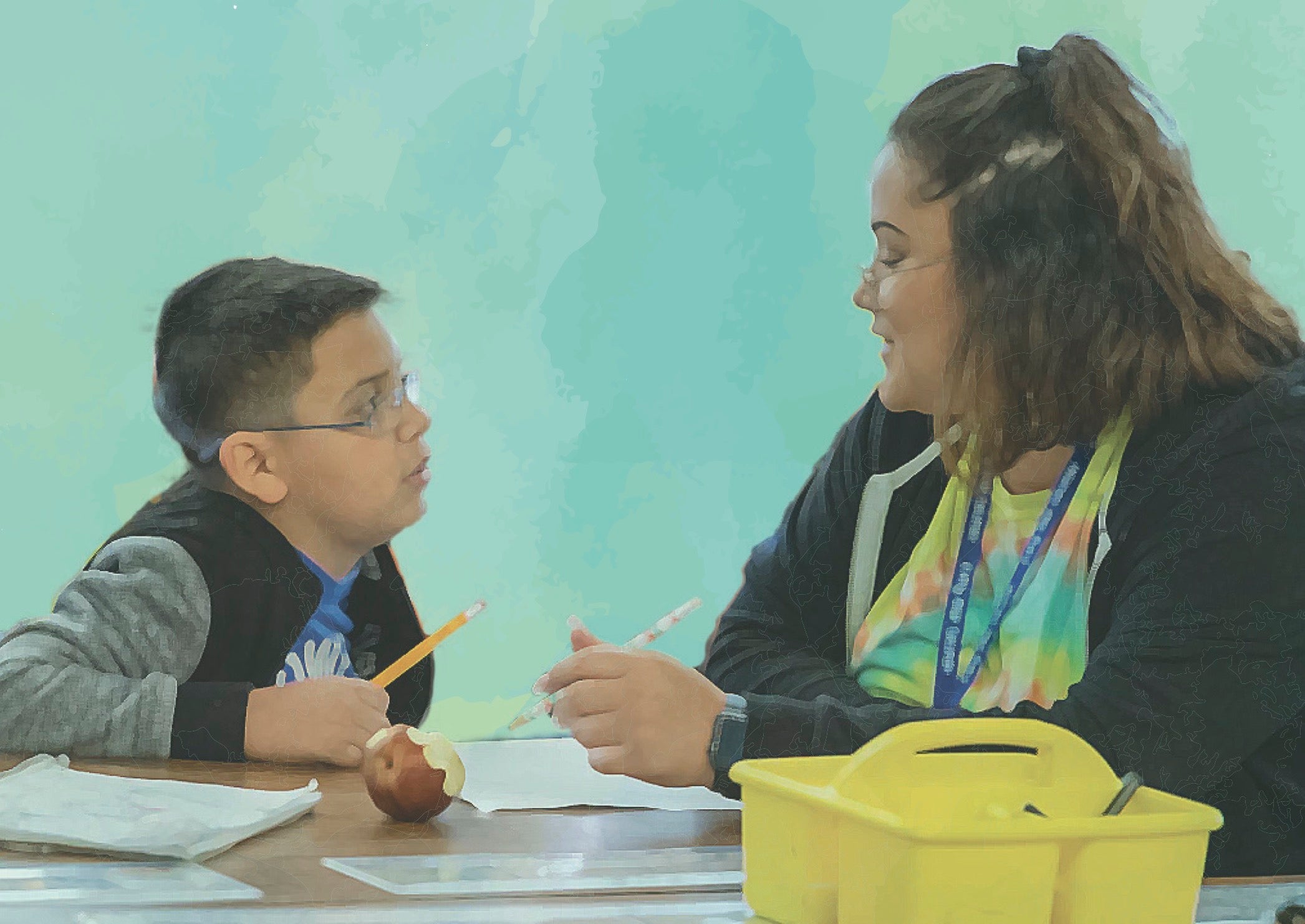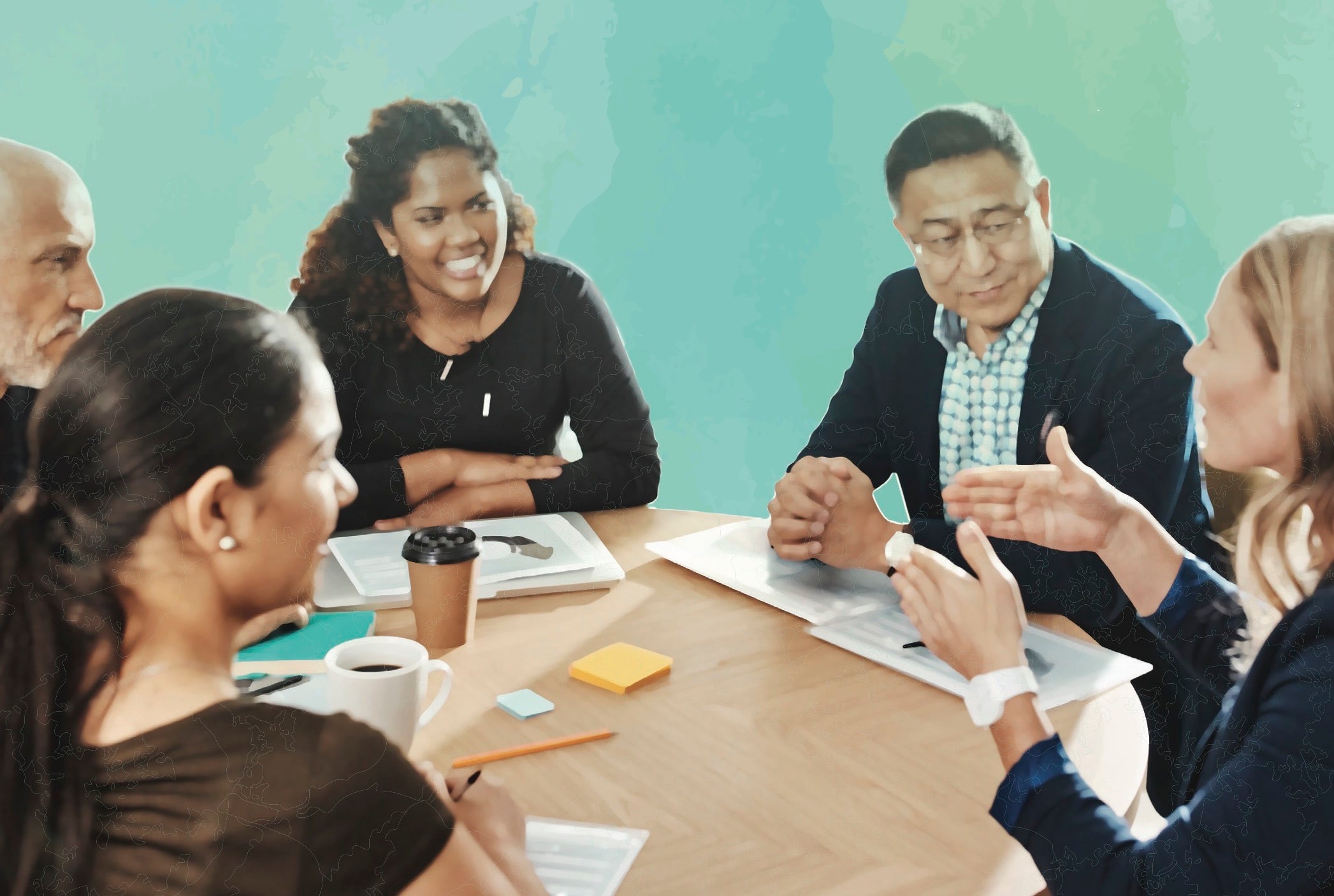
Breadcrumb
- Wallace
- Reports
- Prioritizing Racial Equity Withi...
Prioritizing Racial Equity Within Social and Emotional Learning in Tacoma
One of Six Case Studies of Schools and Out-of-School-Time Program Partners

- Author(s)
- Susannah Faxon-Mills, Heather L. Schwartz, and Catherine H. Augustine
- Publisher(s)
- RAND Corporation
- DOI Link
- https://doi.org/10.7249/RRA379-9
Summary
How we did this
Researchers conducted observations, interviews, and surveys, for this mixed-methods case study of Lister Elementary School in Tacoma, Washington.
When a new principal started at Lister Elementary School in Tacoma, Washington in 2016, she knew something had to change. Lister was struggling academically, and suspensions and absences were high, particularly among Black and multiracial boys. She felt it was time to develop “a systematic approach to addressing the whole child.” Over the next four years, Lister established a schoolwide commitment to social and emotional learning (SEL) and, over time, made racial equity a central part of its approach to SEL.
Lister’s efforts are detailed in this case study. It’s one of a series focused on collaborations between schools and out-of-school-time programs in six communities aimed at boosting SEL.
Part of a Larger Initiative
The communities were participants in Wallace’s Partnerships for Social and Emotional Learning Initiative, which brought together school districts and their out-of-school-time partners to develop and put in place SEL activities in school and afterschool settings. (This case studies looks only at what happened during the school day because Lister’s partnership with its out-of-school-time partners was at a nascent stage during the four years of the study.)
Key Strategies
The school used four key strategies to support its SEL and equity work:
- Gaining and maintaining staff buy-in by identifying teacher champions and putting them in leadership positions, soliciting teacher feedback and acting on it, and highlighting short-term
- Building racial equity into SEL by supplementing its SEL curriculum to make it more reflective of the diversity of its student body; incorporating racial justice into the school’s common agreements, mission, and vision; and adjusting its SEL scope and sequence over time to include lessons on topics including immigration, bias, and restorative practices to address instances of harm and repair relationships.
- Designing and delivering comprehensive in-house professional development, including schoolwide training for all teachers, “train-the-trainer” sessions for key staff members, opportunities to practice SEL skills and develop knowledge of equity at staff meetings, and use of monitoring and evaluation tools to provide individual feedback.
- Addressing the perceived tension between time spent on academics and time dedicated to SEL and equity by communicating that SEL and equity in the classroom could lead to better academic outcomes and more time for academic instruction, setting aside time in the school day specifically for SEL and equity, and giving teachers flexibility in when to deliver SEL and equity lessons.
Noteworthy Achievements
Lister’s efforts resulted in some significant successes:
- Increased staff buy-in for the value of SEL and equity
- A decline in disciplinary actions
- The development of written SEL lessons that incorporated racial equity, as well as a range of training opportunities
- More SEL instruction and use of written SEL lessons than at other Tacoma schools participating in the initiative
Lister also experienced some challenges:
- Some teachers were unsure about the value of SEL and equity or reluctant to take on something that felt out of their comfort zone, especially in the early years of the effort.
- Finding the “sweet spot” of focusing on SEL and equity while also meeting academic demands was an ongoing balancing act, one that got easier as staff saw that SEL could support, rather than distract from, academics.

As teachers we talk a lot about ‘we don’t have time, we don’t have time.’ But in my perspective, I have a lot of academic time, because I’m [no longer] helping kiddos problem-solve, because we’ve [already] taught them how to do that and we’re continually reinforcing.
— Michelle Hahn, Tacoma Whole Child facilitator, Lister Elementary
Key Takeaways
- Committed leaders were essential to making SEL and equity non-negotiables, embedding them in the school’s systems, policies, and practices.
- Leaders gained staff buy-in by identifying teacher leaders to champion SEL and equity, highlighting positive outcomes, and soliciting staff feedback on resources and supports.
- Establishing common terminology for talking about SEL and equity promoted consistent and open communication between and among staff and students.
- Designing and developing SEL and equity resources and trainings in house ensured that they were relevant to school staff and could be refined over time.
Visualizations










